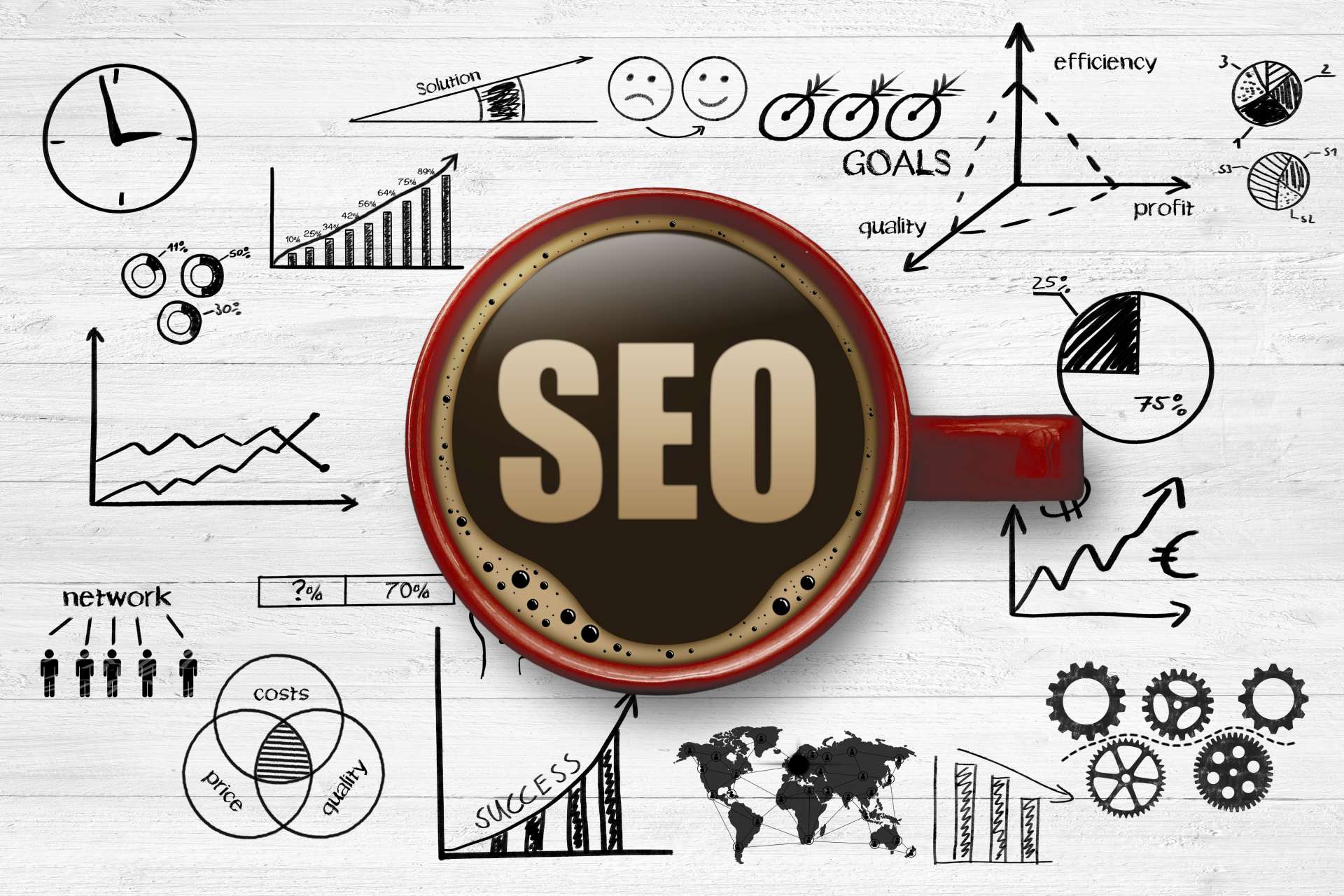Ranking #1 without off-page SEO

You don’t necessarily need backlinks to rank number one. There are sites online right now that secured the top spot for highly competitive keywords without having any backlinks at all. Sure, most pages that stand atop Google’s search results feature links from different domains. There are always others, though, that do not.
How do they do it? They benefit from effective technical and other on-page search engine optimization, along with top-quality web development. There are sites right now whose owners ignore backlinks completely but which rank at the top for some highly desirable keywords. There is a lot more to SEO than backlinks, and acknowledging that fact will improve your site’s rankings.
Respecting the Entire Search Results Ranking Equation
There can be no doubt about it: When Google’s PageRank came online in 1998, it was an emphasis on links that made it revolutionary.¹ Twenty-plus years later, things have gotten a lot more sophisticated and complicated. Many SEO experts believe that Google takes 200 or more issues into account when calculating search results rankings. No matter how important backlinks might be, there are literally hundreds of other factors that figure into the equation.
Developing backlinks is difficult, time-consuming, and often frustrating. Many backlink-building techniques are outright forbidden by Google and can lead to manual penalties and de-indexing. While many site owners invest huge amounts of time and effort into backlinks and other off-page SEO work, some take a larger view of things. Accounting for all the little on-page specifics that also help determine search results positioning can produce huge ranking boosts even with no backlinks at all.
Four Important Ranking Factors That Have Nothing to Do With Backlinks
Before delving into those details, it will be helpful to think about what, exactly, Google is trying to achieve with its search results. In every case, Google hopes to display links to pages that its users will find relevant and helpful. Taking backlinks into account is one way by which Google tries to achieve this. A link to a page from a high-quality site is taken as an endorsement that the destination is worth visiting.
Of course, there are other ways to help determine just how much a given page has to offer. Some of the other high-level issues that Google takes into consideration when determining search results rankings are:
Click-through rate
Google knows that its search engine technology is not perfect, as is evidenced by the many updates it releases. It often ranks certain pages higher or lower than they deserve to be for particular queries. Users do a good job of spotting such problems and become less likely to click on results that do not seem relevant. Google uses the related data that it collects to refine its rankings over time. As former Googler Udi Manber testified to the Federal Trade Commission, “The ranking itself is affected by the click data.”
Dwell time
Search results pages today quite often include features that are meant to concisely answers users’ questions. When a Google user looks beyond the Knowledge Graph, Featured Snippet, and other extras and clicks a link, what happens next is important. Google can use its Analytics package and other techniques to figure out how long users actually remain engaged with pages and sties they click through to. Spending a significant amount of time browsing a site is a sign that the result was helpful. A close negative corollary of this dwell time is the bounce rate, the frequency with which visitors hit the back button right after arriving on a page.
Loading speed
Pages that take too long to load frustrate and waste the time of users. The more time Google’s users spend actually engaging with pages that are helpful and relevant, the more likely they are to use the search engine again. Google now uses loading speed as a ranking factor for both desktop-based and mobile searches.
Indexability
Google’s automated crawlers are increasingly sophisticated, but they have definite limits. While they are responsible for crawling and indexing billions of pages, these digital robots do not truly understand the data they collect and process. Websites can help by adhering to quite a few best practices that make the bots’ jobs easier. When a website can be crawled and indexed successfully, Google will be more confident in its assessments of the included pages’ relevance and usefulness.
Information about all of these metrics is available in the Google Search Console and from other sources. None of these factors depends at all on the existence or lack of backlinks. In fact, every one of these issues can be managed and addressed with the use of technical and on-page SEO and strategic web development work. Pages that score number-one rankings without having backlinks almost always excel in all of these respects.
Many Ways to Improve Search Results Rankings Without Backlinks
Fortunately, there are many specific ways to make particular pages seem more relevant and useful to Google and its users. Some of the issues that most often make a difference are:
Keywords. Researching keywords to assess competition and volume should be part of just about every SEO project. Accounting for issues like latent semantic indexing will make it possible to improve rankings and generate more traffic by incorporating meaningfully related keywords. Most experts agree that pages rank higher when they include relevant keywords somewhere toward the beginning of the content.
URLs. Google prefers short, meaningful URLs, and so do its users. A URL that makes a page’s relevance clear to a search engine user will be more likely to receive a click. URLs that are overly long or include irrelevant numbers and the like drag page rankings down.
Title and meta tags. Tags help Google’s crawlers make sense of pages and what they are about. Title and meta tags also feature prominently in search results, making click-through-rate improvements possible.
Heading tags. Heading tags like <h1>, <h2>, <h3> help describe the structure of a page. That is useful both to Google’s crawlers and to users who spend more time with pages that are easier to take in.
Sitemap. A properly developed sitemap will ensure that Google’s robots never get lost when wandering around a website. Indexing problems noted in the Google Search Console can often be fixed with a simple sitemap update.
Mobile friendliness. Google’s 2018 switch to mobile-first indexing⁴ is a definite sign of things to come. Mobile devices enable a clear majority of all web usage today, so developers need to design responsive, mobile-friendly sites.
Compression and minification. Many sites load slowly simply because of hosting too many uncompressed resources. Compressing images and “minifying” JavaScript and CSS files can speed up loading times significantly.

Hosting quality. Slow hosts drag down search results positioning more than many realize. A simple switch to a better host or the use of a content delivery network can make a definite difference.
Content length. More substantial pieces of content tend to answer more questions for visitors and keep them engaged longer, in the process. There is a well-established correlation between content length and search results ranking.
Content quality. Low-quality content will inevitably produce a higher bounce rate. It can even result in manual penalties if Google’s human reviewers stop by.
Image names and alt text. Images that are named in ways that make their focus clear not only pop up in Google’s image search, they make the relevance of pages more obvious.
Media. Visitors love infographics, videos, and other forms of media. Even simply embedding a relevant YouTube video created by someone else can increase a page’s average dwell time.
Outbound links. Linking out to relevant, authoritative pages hosted elsewhere will make a site seem more credible and responsible. Careful use of outbound links can improve rankings in several ways.
Internal links. Sure, links that direct visitors to another page on the same site are technically backlinks themselves. Linking to other destinations internal to a domain, though, can keep visitors around longer as they discover more informative, useful content.
HTTPS. Just about every site today should be using the SSL-secured version of HTTP. Google has been considering the presence or absence of HTTPS for years now when determining search results rankings.⁵
Ranking at the Top With No Backlinks at All
While it can certainly take some work, it is entirely possible to rank in the number-one position without having any backlinks to a page whatsoever. Making effective- and extensive-enough use of technical and on-page SEO, along with strong web development practices, can produce top rankings despite there being no backlinks to a page from elsewhere on the web.
Best of all, pages that receive lots of organic traffic thanks to their rankings tend to naturally, organically end up with backlinks, in the end, regardless. Despite the fact that so many today focus mostly on backlink-oriented outreach and other off-page effort, starting from a strong foundation of technical and on-page SEO often makes a lot more sense.
References
1: The Anatomy of a Large-Scale Hypertextual Web Search Engine: http://infolab.stanford.edu/~backrub/google.html
2: Google FTC Report (PDF): https://graphics.wsj.com/google-ftc-report/img/ftc-ocr-watermark.pdf
3: Using page speed in mobile search ranking: https://webmasters.googleblog.com/2018/01/using-page-speed-in-mobile-search.html
4: Rolling out mobile-first indexing: https://webmasters.googleblog.com/2018/03/rolling-out-mobile-first-indexing.html
5: HTTPS as a ranking signal: https://webmasters.googleblog.com/2014/08/https-as-ranking-signal.html
